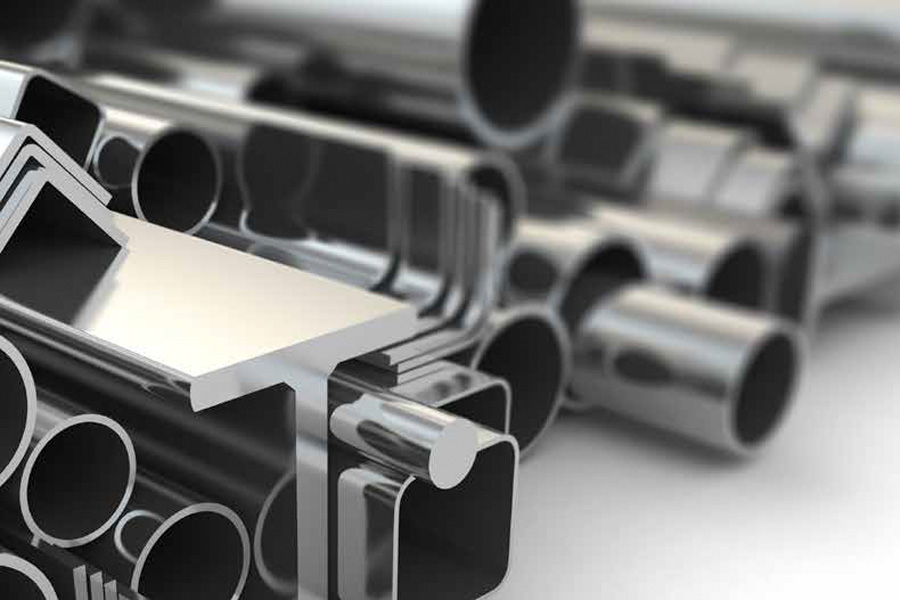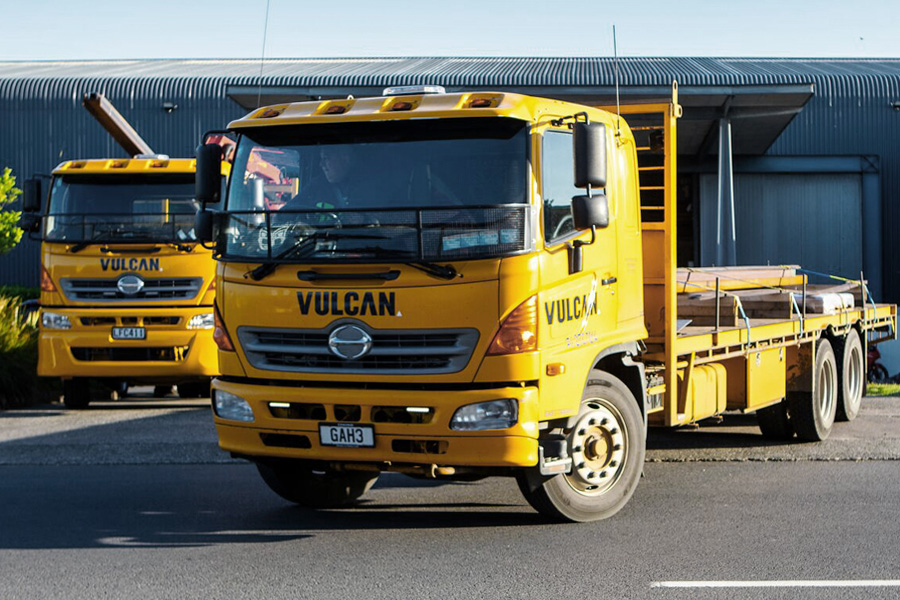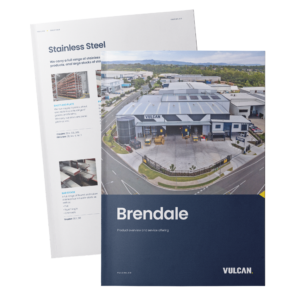We provide a comprehensive range of flat, rolled and extruded aluminium products to meet your needs.
Our range of aluminium products includes standard and customer-specific extrusions.
We carry a comprehensive range of inventory ex stock including structural sections, merchant bar, hollows and plate. Our facilities also offer long-product processing.
Our owner operator model gives you access to decision makers with accountability for fast reliable responses to urgent queries.
We carry a comprehensive range of inventory ex stock including structural sections, merchant bar, hollows and plate. Our facilities also offer long-product processing.
Our owner operator model gives you access to decision makers with accountability for fast reliable responses to urgent queries.

Product Range
Our branches carry a wide range of aluminium products which are tailored to local market requirements. Please find our Product Catalogues below.

Service
We pride ourselves on industry-leading service. We aim to always have key products in stock and be able to deliver them quickly, allowing you to complete your project on-time.

Location
We have a large branch network across New Zealand and Australia. Being close to our customers is at the heart of everything we do.


